From bronze to gold
It's your rare chance to own a ritual vessel from ancient China, courtesy of famed art dealer and Asian art expert Christian Deydier at his new gallery in Hong Kong

People in ancient China believed strongly in spirits and the afterlife-and that the deceased required material comfort. The worship and appeasement of the spirits, coupled with the proper care (or lack of it) of ancestors in the afterlife, was thought to exert a direct influence on the lives and fortunes of the living.
Though it's impossible to pinpoint a date, such beliefs probably started as early as the Erlitou culture (c. 19th century-17th/16th centuries BC) during the Xia Dynasty (c. 21st century-16th century BC). They gave rise to an active cult of spirit and ancestral worship, which dominated the society of the subsequent Shang Dynasty (c. 16th century-11th century BC) and has survived among the Chinese people up to the present day.
Bronze vessels were especially made for elaborate rituals and worship ceremonies. According to their form and size, they were used to cook or reheat fish or various meats, or to heat fermented beverages made from grains such as rice, sorghum and barley.
Today, these priceless pieces of history can be yours. From Bronze to Gold: Ritual Vessels from Ancient China, a rare selling exhibition held from Nov 23 to Dec 14 at Deydier Hong Kong, features numerous exceptional pieces from the Shang and early Zhou dynasties that are available for purchase.
Among them, two are particularly intriguing. First, there's a rare fangding bronze cooking vessel from the Western Zhou Dynasty (c. 11th century-771 BC). It's decorated on each side with two large birds, facing each other and shown in profile, on a leiwen background.
This rectangular type of vessel, with two vertical handles fixed on the rim and supported by four cylindrical legs, appears, in bronze, at the beginning of the Shang Dynasty during the Erligang period (c. 17th/16th centuries-14th century BC).
Next, there's an exceptional jiao ("wine/alcohol") vessel from the Yinxu period in the Shang Dynasty. Established in pottery during the Neolithic period, jiao vessels appeared in bronze for the first time at the end of the Erlitou cultural period (18th/17th centuries BC) and became very popular in the transitional period between the late Shang Dynasty and the early Western Zhou Dynasty around the 11th century BC.
When cast, bronze vessels had a yellow color resembling gold-and this is why the people of those early periods used the term jin (which in modern Chinese means "gold") to refer to these bronze vessels. Since gold was extremely rare during those early periods, very few pieces were produced during the Shang and Zhou dynasties. However, during the Han dynasty (206 BC-AD220), more gold objects were produced as a result of the contact with nomadic tribes from the north of China, as those tribes were fond of gold items.
During the seventh century and the first half of the eighth century, significant quantities of gold were sent from Tibet to China as a tribute, making gold very popular with the Tang aristocracy. It was at that time that gold and silver vessels began to be produced on a large scale by the imperial gold and silver workshops.
In the 10th century, nomadic tribes known as Qidan (or Khitan) invaded part of northern China and founded the Liao Dynasty, during which they ruled this large territory from 907 to 1125.
The Liao people were extremely fond of gold and used it to produce belts, jewelry, horse harnesses, saddle ornaments, funerary objects (such as boxes, bowls, dishes, mortuary masks and caps) and items used for religious rituals. All those objects were either cast in pure gold, or made in wood or ceramics and covered with gold.
Among them, the rarest Liao creations are white-glazed ceramics covered with gold. Those ceramics were made by Chinese craftsmen from the Ding and Cizhou workshops who, after the conquest of the Hebei province, worked in the Liao kilns in Gangwa (about 70 kilometers southwest of Chifeng) and Longquanwu (west of Beijing).
The technique of covering part of the ceramics with a decorated gold sheet was quite rare during the Liao Dynasty. One white porcelain glazed dish-dated 959, near the beginning of the period, and excavated in 1954 at Tomb No 1 in Dayingzi village near Chifeng, and now dis played in the Inner Mongolia Museum at Hohhot-has a gold rim on its lips and foot ring. In the center of the foot ring is the Chinese character guan ("official"), indicating that the piece was made in kilns for special use by the Qidan imperial family and officials.
According to this insignia, it can be said that the present group of white glazed ceramics, decorated with gold sheet in openwork, were made for the use of the Qidan imperial family and officials for daily life and during religious rituals.
As the two vajra (a five-pronged spherical club) are typically Buddhist objects, we may consider that some cups, bowls and ewers (jugs) were used to drink tea during some ritual ceremonies, as tea is linked to Buddhism-and more precisely to the Chan (Zen) School of Buddhism. With its emphasis on meditation, the school recommended that its followers drink tea in order to remain alert and awake during their long hours, or even days, of meditation.
Deydier Hong Kong is also honored to showcase a group of wood and white-glazed ceramics that are entirely decorated with gold sheet. Among these treasures, two particularly exceptional objects are of note.
First is a white-glazed ceramic chadou, entirely covered with gold sheet and decorated in openwork, which was likely made for the Qidan imperial family or some high-ranking officials.
Then there's a rare ritual Buddhist object in wood and gold, in the shape of a vajra with finials taking the form of lotus bulbs.
Deydier Hong Kong opened in October and is located at Tower B, Shop 1, 123 Hollywood Road in Sheung Wan. From Nov 23 to Dec 14, discover these timeless treasures within-and consider adding a valuable piece of history to your collection.
-SPONSORED ARTICLE
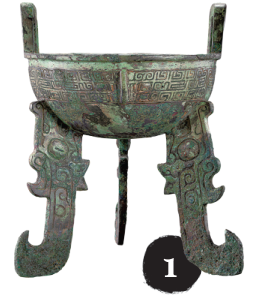
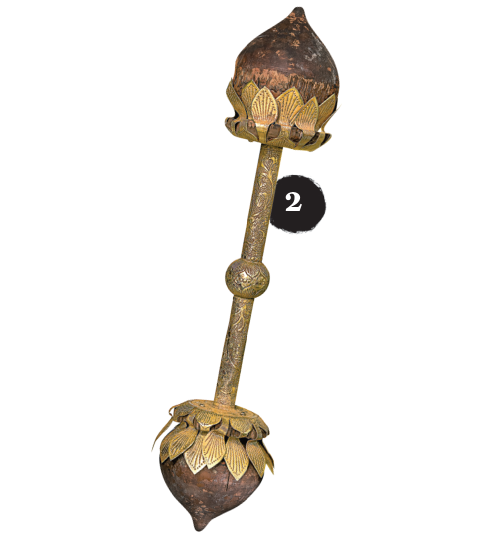
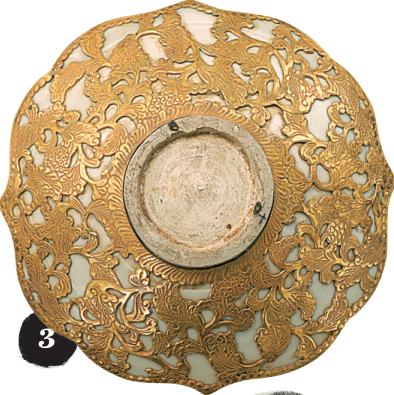
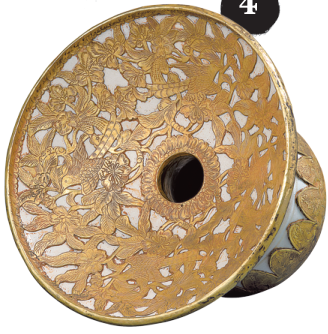
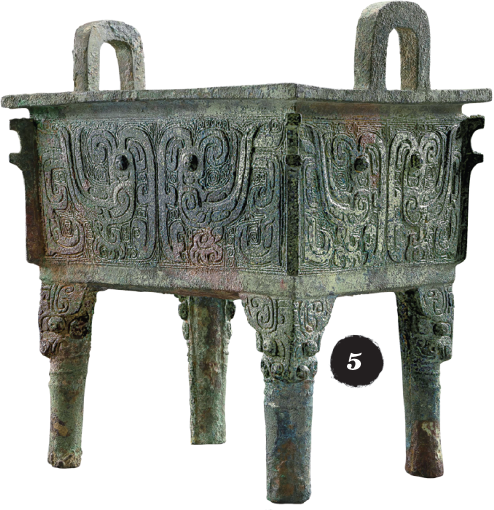

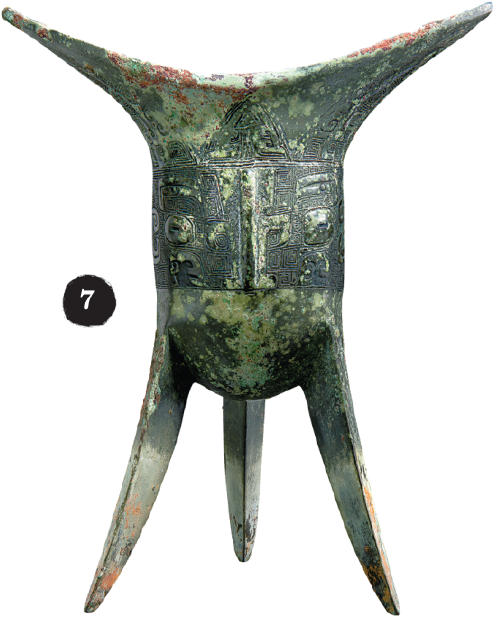
Today's Top News
- Another sign of Japan's right-wingers' dangerous ambition to break free of all postwar constraints
- Hainan's special customs operations start strong
- Macao SAR holds flag-raising, reception to mark 26th anniversary of return to motherland
- China issues rules to regulate pricing practices of internet platforms
- US hits over 70 IS-linked targets in Syria in massive retaliatory strikes
- Coffee needs cooperation, not confrontation






























